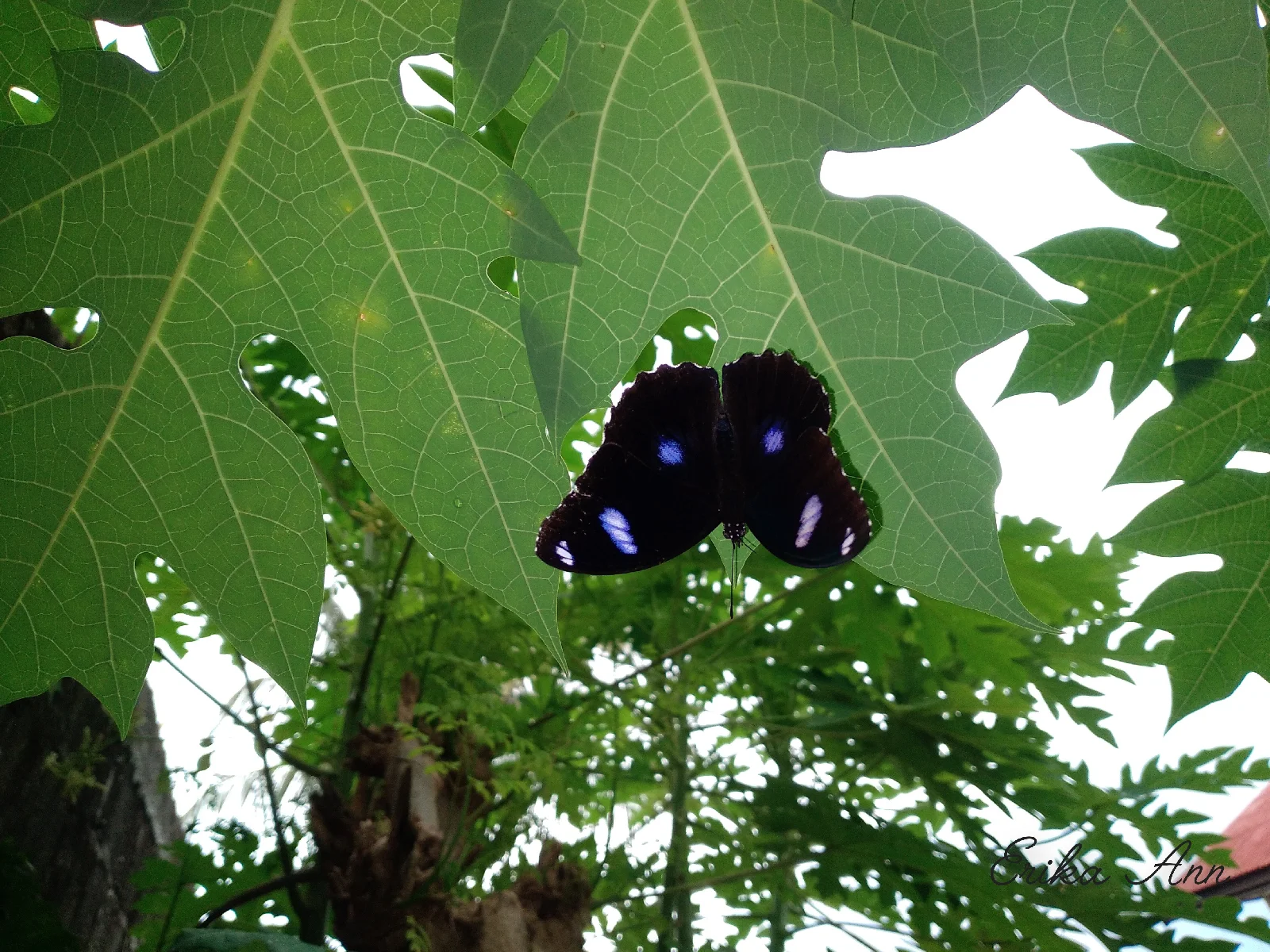Hypolimnas Bolina
The Blue Moon butterfly (Hypolimnas bolina) is a captivating species known for its mesmerizing iridescent blue markings and remarkable survival strategies. Its presence in various ecosystems has intrigued researchers and nature enthusiasts alike, prompting studies to unravel its mysteries and ensure its conservation.
General Description :
One fascinating aspect of the Blue Moon butterfly is its ability to exhibit polymorphism, showcasing different color patterns and wing shapes within the same species. This adaptive trait allows it to thrive in diverse environments while evading predators through mimicry and camouflage.
Classification :
Habitat and Ecology :
Blue Moon butterflies inhabit a wide range of habitats, including tropical forests, coastal areas, and urban gardens. They play a crucial role in pollination, enhancing the reproductive success of flowering plants. Additionally, as caterpillars, they contribute to nutrient cycling by feeding on various host plants.
Physical Characteristics :
Blue Moon butterflies feature stunning iridescent blue markings on their wings, accompanied by intricate patterns of black and white. Sexual dimorphism is evident, with females typically displaying broader wings and subdued colors compared to the vibrant hues exhibited by males.
Benefits and Uses :
These butterflies provide essential ecosystem services, such as pollination, which support the diversity and abundance of plant life. Furthermore, their aesthetic appeal makes them valuable in ecotourism, attracting visitors to natural habitats and promoting conservation awareness.
Threats and Protection :
Despite their adaptability, Blue Moon butterflies face threats from habitat loss, climate change, and pesticide use. Conservation efforts, including habitat restoration, sustainable land management, and community education, are essential for safeguarding their populations and preserving biodiversity.
Conclusion :
In conclusion, the Blue Moon butterfly exemplifies the beauty and resilience of nature, captivating observers with its iridescent wings and intricate behaviors. By understanding its ecological role and implementing effective conservation measures, we can ensure that future generations continue to marvel at the enchanting presence of these magnificent creatures.
